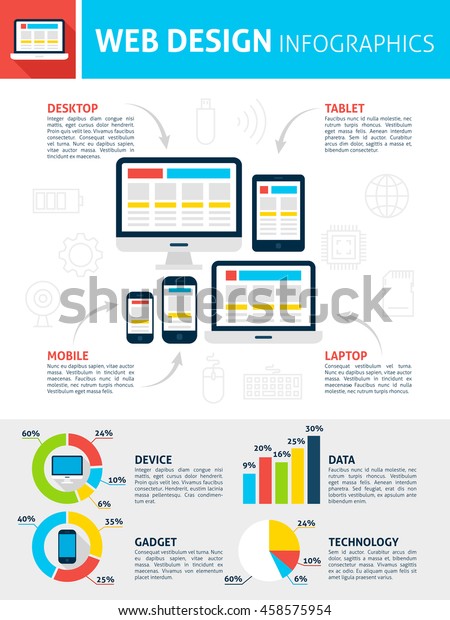Improving User Experience Through Website Design To Boost Conversions
Improving User Experience Through Website Design To Boost Conversions
Blog Article
Published By-Burris Henriksen
Have you ever before went to an internet site that took for life to tons, had a confusing navigation system, or really did not present properly on your smart phone? Chances are, you quickly deserted that website and carried on to one that supplied a far better user experience.
In today's affordable online landscape, it's critical for services to focus on website design that boosts customer experience in order to drive much better conversions. In this discussion, we will explore the relevance of receptive layout, the utilization of instinctive navigation, and the optimization of page load rate to create a smooth and appealing individual journey.
Keep tuned to find just how these elements can dramatically influence your web site's success.
Significance of Responsive Layout
Responsive design is essential in today's electronic landscape for developing web sites that adjust effortlessly to various screen dimensions and gadgets. When your website is receptive, it instantly adjusts its layout and content to fit any gadget, whether it's a smart device, tablet, or home computer. This is crucial due to the fact that more and more individuals are accessing the web through their smart phones.
If your web site isn't receptive, it can lead to a bad customer experience. Individuals might need to pinch and zoom to read material, switches might be too little to click, and images may not be enhanced for smaller screens. This can annoy individuals and cause high bounce prices and reduced conversions.
Making Use Of Intuitive Navigating
When creating a responsive web site, it is very important to concentrate on utilizing user-friendly navigation for an improved user experience.
Intuitive navigating refers to organizing your web site's food selection and navigating elements in a rational and easy to use means. By doing so, you make it easier for visitors to discover what they're searching for and browse via your website easily.
User-friendly navigation helps reduce confusion and aggravation, ultimately bring about better customer engagement and boosted conversions.
To achieve user-friendly navigating, take into consideration using clear and descriptive tags for your food selection things, implementing a regular layout across all pages, and including search capability for fast access to particular content. Furthermore, it's important to focus on important pages and information, ensuring they're prominently presented and conveniently available.
Optimizing Page Tons Rate
To improve individual experience, it's crucial to enhance the web page load speed of your website. Slow packing times can annoy individuals and lead to greater bounce prices.
Luckily, there are a number of approaches you can execute to enhance your website's lots rate. To start with, consider decreasing the size of your images by pressing them without compromising high quality.
Additionally, maximize have a peek at this web-site by decreasing unnecessary scripts and CSS documents. One more reliable strategy is to utilize browser caching, which permits specific aspects of your site to be stored in your area, minimizing load times for returning site visitors.
Moreover, consider using simply click the following internet page (CDN) to distribute your web site's files throughout several web servers, enhancing lots rate for individuals in different geographical places.
Conclusion
In conclusion, by utilizing receptive layout, intuitive navigating, and maximizing page load speed, website design can considerably improve user experience and drive far better conversions.
With a straightforward interface, simple navigating, and quick filling times, sites can record and retain the interest of individuals, leading to boosted engagement and higher conversion rates.
So, don't postpone in executing these web design approaches to make certain a seamless and successful individual experience!
